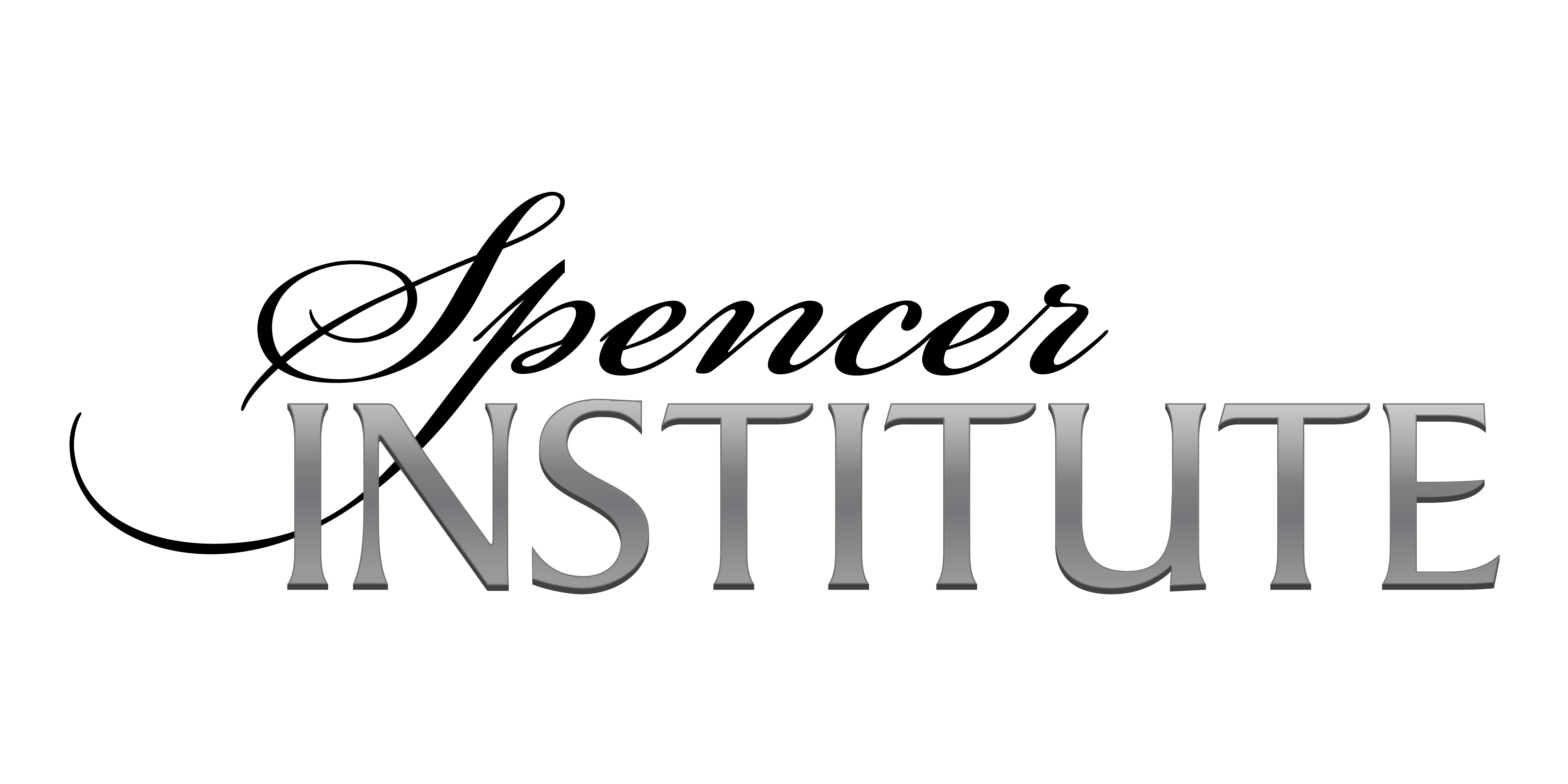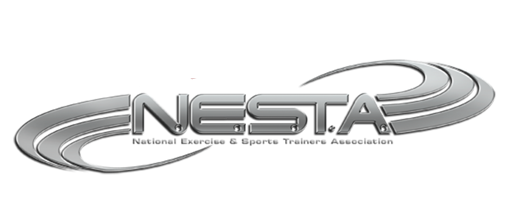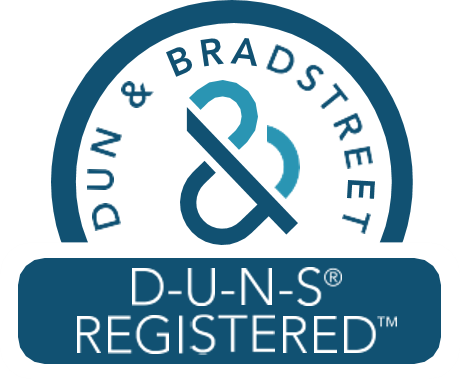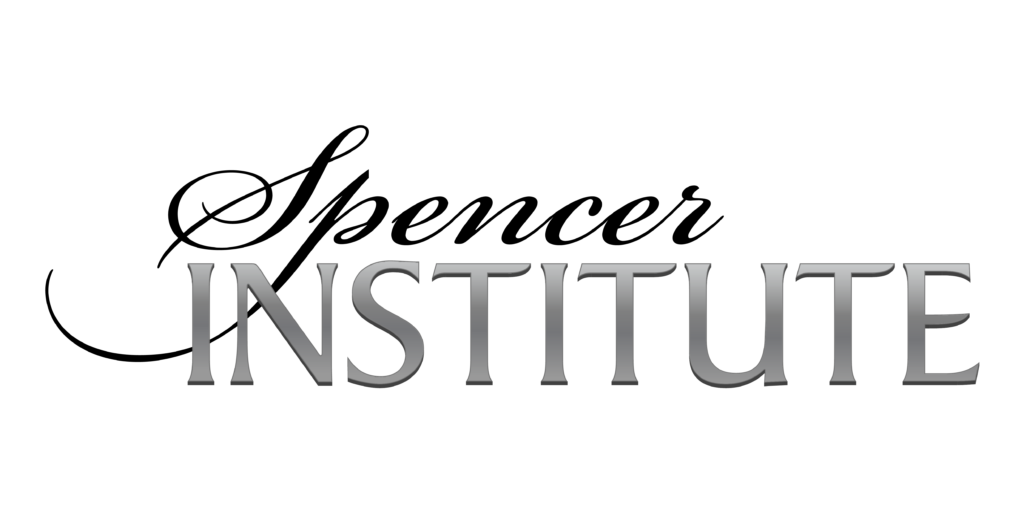 Dealing with Hidden Agendas
Dealing with Hidden Agendas
As a Certified Life Strategies Coach (CLSC), many times the guiding, training and encouraging we do and the dedication of our clients who want to change is thwarted by hidden agendas. These saboteurs and stowaways in the unconscious mind can create an internal war zone that blocks progress. As you learned in the GPS Goal Blueprint System, it is crucial to look at the Elements of a System and all Hemispheric Levels of Experience in order to be sure the work that you do will be thorough and long lasting, rather than being blocked by something from a past belief or assuming all future is based on past experience. We are constantly predicting resistance in order to by-pass it, establishing clarity with goals and intentions, and creating leverage for change.
Congruence / Incongruence as It Relates to Curing a Phobia for a Life Coaching Client
One of the primary tasks for the CLSC is to calibrate when a client is being congruent, or not. When a person is balanced, aligned and congruent, all systems will send the same message. These are not the people we see in our office very often. That being said, a person can be very congruent in most areas of their life and there is just one area that is not working. So when a person comes to you and states their goal, often there is another part of them that is not speaking up that will demonstrate to you non-verbally a different opinion. Noticing incongruence in a person’s language vs. actions taken, gesturing with only one side of the body, saying yes verbally while saying no non- verbally, a voice pattern you will hear is “part of me wants X and part of me wants not X, or Y,” is one of the foundation differences in the Hemispheric Integration work and regular surface structure coaching or therapy. We do not take action on just the words, push away or ignore information, or push forward until the most frightened or confused part of the system is addressed and comfortable.
The Sargent’s Phobia Release Process: Anchors Away
Just as the metaphor of Anchors Away implies, this process is designed to let go of limiting beliefs that no longer serve your client and to create a new database or foundation for the client to experience in the present. When you run into difficulties such as anxieties, unreasonable emotional responses to situation or things, phobic reactions, some allergies, Post Traumatic Stress Disorder (PTSD) – this is the initial process to stabilize what is true now in the unconscious mind by removing the filter they were seeing the world through.
The following is a partial list of the presenting issues that you can use the Anchors Away Process in helping people in getting “unstuck.” Once this process is done, the person many times is able to step back into a much more congruent self-image.
Hemispheric Integration
The Sargent’s Phobia Release Process Anchors Away
Food Compulsions, Contaminated Concepts, Anxieties: Performance Stage Fright, Public Speaking, Test Taking, Interviews/Auditions Phobias: Reactive, unreasonable responses to a situation, event or person
In the deep limbic system, it is the Amygdala that make up the decisions about what is safe and not safe through our filters of the world. We are actually letting each side of the brain see what is in the other side of the brain about a specific challenge. Once this is done, then we can update our database for what is actually true today that supports our safety and progress.
We will include three different scripts for this process for three different kinds of trauma that will give you the structure of language that will best support the effectiveness of your results.
It is important when doing this process to sort out what it is that the client in being reactive about. Just as in the other Hemispheric Integration work that you have learned so far, information gathering and rapport is at the foundation of defining what to work on first.
The Sargent’s Phobia Relief Process is designed to eliminate phobic reactions and, most important, to heal the underlying issue or challenge. We call this technique Anchors Away, because it releases old beliefs that have us anchored into the past and inappropriately limit our life today. The following is an example of the script to be used for panic attacks, phobias, and other traumatic “triggers.”
Anchors Away
Purpose: For the Explorer (Client) to be released from an inappropriate emotional response to a particular cue or trigger such as spiders, snakes, airplanes, elevators, etc. in Part 1. Part 2 guides the client to discover and bring healing to the underlying confusion, trauma, purpose or imprint that originally created the phobic reaction. Part 3 helps dress rehearse, practice and visualize for the new responses in the future.
Part 1 – The Unhooking
1: Establish rapport and ecology for working together. Psycho-geography is to be side-by-side and preferably standing to allow for more neurological involvement.
Elicit the phobic reaction the client desires to have be different (released). “What is it that you want to have more choice about in your life today?” or “What is it that you have had an over- the-top reaction to in the past?” Elicit the specific trigger that creates an over-reactive emotional response. “When and where does this reaction occur?”
Note: We will use an out of control response to even the thought of snakes as the topic example. When doing the process, use your client’s trigger word that elicits the phobic response.
2: Guide asks, “How is it a problem for you to be afraid of (or react to) snakes in your life?”
This question is to check ecology. If it is not a problem, nothing needs to be changed. We are also checking here to see if it is a true phobic response or just a strategy of behavior. If it is a problem or creates unnecessary limitations, continue with the process.
3: Guide says to Explorer, “When you think of snakes, what image comes up?” Elicit the sub-modalities of the Explorer’s internal experience.
Visual – Content of the image, size, location in space, clarity, color or black & white, movie or still picture, panoramic or framed, associated or dissociated, background or context.
Auditory external (Ae)– “Are there any sounds coming from the image?” (Often there is no sound and that is OK) Just notice volume, location and content of any words or sounds.
Auditory internal (Ai)– “When you look at that image, what is your internal comment or thought about that image?”
Kinesthetic (K) – “How does that feel in your body?” Tactile and proprioceptive (visceral).
Meta-Kinesthetic (Meta-K) – “What is the emotion or evaluation that you experience about this image?”
Guide calibrates all non-verbal and verbal cues, checking carefully for ecology.
Guide asks, “Which mind’s eye is more dominantly ‘seeing’ that image?” Take a note – Right or Left. “Ok, now just memorize that image and set it aside, we’ll come back to it in a moment.”
4: Guide says, “Now we want to see how your other hemisphere represents snakes. So, in a way that works for you, (it often helps to cover the eye that was just being accessed and to take a deep breath) I want you to think of snakes using your other mind’s eye.”
Elicit any Visual, Auditory and Kinesthetic differences in how the explorer represents snakes from this hemispheric perspective, paying close attention to any shift in emotional/physical response.
5: Guide says, “Now that you are aware of how each hemisphere represents snakes, bring back the first image so that you are co-conscious of both images.”
6: At this point, guide is to have the explorer see the first image with all the sounds and feelings associated with it using the opposite eye than it was originally seen.
As soon as the explorer has seen the first image with the opposite eye, have them shift (cover the other eye) to see the second image through the opposite eye than it was originally seen.
This step needs to be done quickly and with as little conversation as possible. Guide use hand gestures to stabilize the images.
Note: Here do a good break state or separator state: “Take a breath and shake that off…” or “Ok let’s step back from that for a moment…It’s good to know any snakes are far from here, right?…” “Wow, how good to know that you are safe here in this room.”
Part 2 – Understanding the Purpose
7: Guide asks, “Now, what purpose did that old reaction to snakes used to try to serve that it wasn’t designed to serve?” or “What is your unconscious mind actually wanting
for you that that particular response is not providing?”
Note: Often the part wants to provide something like protection, safety, being invisible, warning, escaping from danger, not being responsible, etc. and, sadly, the reaction cannot provide safety and actually causes the person harm in the over-reactive habit.
Example Purpose: To keep me safe.
8: Guide says, “So, what is actually here in this world today that is designed to keep you safe as the person you are? What resources do you have to identify a snake, and any danger in a situation and then you make a decision on how you choose to respond?” or “As the person you are today, with your accumulated wisdom about life, how will you keep yourself safe while having choice of how you decide to respond to snakes?” (wait for response) As guide, it is okay to assist the explorer in identifying something that can serve the intended purpose in an ongoing way, while considering ecology.
Part 3 – Creating Resources for the Future
9: Guide asks, “In what ways will you now be using the appropriate resources you have learned at those times when you want safety?”
10: Guide tests the Explorer’s new response by asking, “When is the next time you might be
around snakes or think about snakes, and want to have more choice about your response? Notice any incongruent behaviors or responses. Have the Explorer imagine having the choice to use their appropriate resources for the intended purpose. This practice Visualization helps to install new neural pathways to create new behaviors in appropriate contexts.
11: Guide asks, “And when you need to be safe from (whatever the identified actual danger was in the first event- other than just snakes), what resources do you have now to handle situations like that effectively and to also keep you safe?”
If the explorer is calm and congruent – the process is done. Sometimes deeper issues are discovered and these now can be worked on with the appropriate Hemispheric Integration tools.
*** *
When doing the Anchors Away, sometimes deeper challenges or memories come up. These will also need to be dealt with before moving forward in the Generative Action Plan that you have established with your client or creating a Compelling Self-Image for the future.
Occasionally, it is useful to do Anchors Away with the original event that created the phobic response, if you discover one during the process. Begin the Sargent’s Phobia Release Process from Part 1 and repeat the entire process using the original event as the cue.
Modifications for doing Anchors Away with the Original Event
Part 1 – The Unhooking
Begin with:
Step 3: Guide asks, “When you think of that event, what image comes up?” Or, “Think back to the first time you were aware that you had a fear of snakes and what image comes up?” This information will help give the guide and explorer a foundation for the fear reaction. There is most of ten a confusion about what the real danger was in that situation or event. The guide’s job is to assist in discovering the actual danger or threat, and let snakes just be snakes.
Continue Process through to Part 3
Part 3:
Step 9: “What resources do you have today that would have kept that child safe (younger self)?” (Wait for response) “And what resources do you have now to understand or deal with situations like that first event?” (Wait for response) “What resources do you have now to keep you safe, even if snakes were to be there?” (Wait for response)
Complete Part 3 – Continuing Healing
Sargent’s Phobia Release Process Anchors Away for Food Compulsions
Purpose: For the Explorer (client) to unhook from the emotional connection to a particular food, treat, or behaviors and to give internal choice to the Explorer.
Part 1
- 1: Establish rapport and ecology for working together. Ask the Explorer which side of Guide they are more comfortable standing on – set up psycho-geography.
- 2: Guide says to Explorer, “Think of a food or treat you are compelled to eat beyond the level of having choice.” Be specific as to brand, quantity, event, etc.
Example: Chocolate= chocolate devils food cake or chocolate chip cookies, Ice Cream=Ben & Jerry’s Pralines & Cream, Cookies = Snikerdoodles, Potato Chips = BBQ Ruffles.
3: Guide asks, “How is that a problem for you?” This question is to check ecology. If it is not a problem, it doesn’t need to be changed. If it is a problem, continue on to step #4.
4: Guide asks, “When you think of (backtrack specific food), what image comes up?”
Elicit the Explorer’s experience of the image, paying particular attention to:
Visual (V): Size and spatial location the explorer experiences the image, clarity, color or black & white, movie or still picture, panoramic or framed, associated or dissociated, background or context.
Auditory External (Ae): Any sounds coming from the image. Volume, tonality, location, content of any words.
Auditory Internal (Ai): Ask the Explorer, “When you see that image what thoughts or comments do you have about that image? What do you say to yourself about that picture?”
Kinesthetic (K):Tactile & Proprioceptive. “What are you feeling in your body when you look at that image? Where are the feelings located in your body?”
Meta-Kinesthetic (Meta-K): Emotion or Evaluation. “What is your overall emotion or evaluation about what you see, hear and feel?”
5. Guide says, “With which internal Mind’s Eye are you more dominantly seeing that image? (Right or Left) “Now, memorize that image and set it aside, we’ll come back to it in a moment.”
6: Guide says, “Now we want to see how your other hemisphere represents (backtrack food or treat). So in a way that works for you, (the Explorer may cover their first eye as a prompt to help them shift) I want you to think of (backtrack food or treat) using your Other Mind’s Eye.”
Elicit any differences in how the explorer represents the food, paying close attention to any shift in emotional and physical response.
9: Guide says, “Now that you are aware of how each hemisphere represents (backtrack food or treat), bring back the first image so that you are co-conscious of both images.”
At this point, guide is to have the explorer see the first image with all the sounds and feelings associated with it using the opposite eye than it was originally experienced. As soon as the explorer has seen the first image with the opposite eye, have them shift to see the second image through the opposite eye than it was originally seen.
#8 This needs to be done quickly, and with as little conversation as possible. Guide use hand gestures of the location anchors to stabilize the images.
Pause: Guide says, “Ok. Let those images go – that is the end of part one. Take a breath and let’s continue.”
Part 2
10: Guide says, “What purpose did (backtrack food or treat) try to serve that it wasn’t designed to serve?” Have fun re-describing the treat with humor. Potato chips = A root dug out of the ground, sliced and fried in fat and salt added.
Wait for response. Usually about celebration, connection, or reward in some way.
11: Guide says, “What was put in this world that was actually designed to (backtrack the function (intended purpose) that the food or treat was serving)?”
As guide, it is okay to assist the explorer in identifying something that can serve the intended purpose in an ongoing way, while considering ecology.
12: Guide asks, “What ways will you be using the more appropriate resources at those times when you used to want (backtrack intended purpose)?”
13. Guide tests the Explorer’s new response by asking, “When is the next time you might be around (backtrack food or treat) and want to have choice about eating it? Have the Explorer imagine having the choice to use their appropriate resource for the intended purpose. Pay attention to the non-verbal responses.
14. Guide calibrate for congruence and say, “So the next time you have a choice about having (backtrack food or treat), it can simply be a choice about having (backtrack food or treat), and the next time you want to have (backtrack intended function) you can (backtrack new resources).”
Anchors Away for Performance or Test Anxiety, Fear of Public Speaking, Social Phobias
Purpose: For the Explorer (client) to discover and remove blocks that inhibit their highest level of personal performance in specific contexts. To identify any previously hidden imprints or positive intentions that need to be processed with other Hemispheric Integration tools.
Examples: Test anxiety, fear of public speaking, or social phobias.
1: Establish rapport and ecology for working together. Check the psycho-geography. This process is best done standing side by side.
2: Guide says to Explorer, “Think of a situation in which you feel anxious, and the feelings of anxiety have kept you from performing at your personal best.” Example: Taking tests, being in a group or speaking to groups, being called on in class. Get a specific example from the Explorer of a time when this has happened in the past.
3: Guide asks, “How is that a problem?” Check ecology. If it’s not a problem for the Explorer, it doesn’t need to be changed. If it is a problem, continue on to step #4.
Note: If it is a problem, the explorer will give a cause and effect answer. “When I take
a test I’m so scared I will make a mistake, I forget the answers.”
4: Guide asks, “When you think of (backtrack the problem context), what image comes up?” Gesture up and out in space. Use approachable voice.
Elicit the Explorer’s experience of the image, paying particular attention to: Visual (V): “What are the components of the visual representation?”
Color or b/w, movie or still picture, size and location of image, clarity, panoramic or framed, associated or dissociated, background or context.
Auditory (Ae): External auditory. “Notice if there are any sounds coming from the image. If so, what are they?” Volume, location and content of the words or sounds. Auditory (Ai): Auditory Internal. “What are your internal thoughts or comments about that image?”
Kinesthetic (K) – Tactile & Proprioceptive physical experiences. “What are your internal physical sensations?”
Meta-Kinesthetic (Meta-K): “What is your overall emotion or evaluation?”
Guide asks, “Which Mind’s Eye is seeing or projecting that image more dominantly?”
Guide says, “Memorize that image with all of the sounds and feelings connected to it and set it aside, we’ll come back to it in a moment.” Gesture to stabilize.
5: Guide says, “Now we want to see how your other hemisphere represents (backtrack the problem context). Please gently cup your hand and cover your first eye and take
a deep breath. This will help you access how the other side of your brain represents this challenge. So in a way that works for you, I want you to think of (backtrack the problem context) using your other mind’s eye.”
Elicit any differences in how the explorer represents the situation V, Ae, Ai, K, and Meta-K, paying close attention to any shift in emotional response. Take hand away from eye.
6: Guide says, “Now that you are aware of how each hemisphere represents (backtrack problem context), bring back the first image so you are co-conscious of both images.”
7: Guide says, “At this point, look at the first image with all the sounds, feelings and information associated with it using the opposite eye than it was originally seen.”
As soon as the explorer has seen the first image with the opposite eye, have them shift to see the second image through the opposite eye than it was originally seen. Quickly backtrack the major highlights of each image.
Note: This part of the process should be done quickly, and with as little conversation as possible. Guide use hand gestures to stabilize the images in space.
Guide says, “That’s the end of Part 1. Let go of those images and take a nice deep breath.” Use gestures as if erasing a chalkboard. Relax the body and shake it off. Take a few breaths.
Part 2:
8: Guide says, “Ok, now we are going to find out what your unconscious mind was wanting for you through holding onto these old images, that these images are not getting for you.”
“Ask your unconscious mind, “What purpose were these images or this response to (backtrack unwanted response) wanting for you that it’s not getting, or designed to serve that it isn’t serving?” Wait for response or intended purpose.
9: Guide asks, “What was put in this world that is actually designed to (backtrack the intended purpose or what is wanted that the response was intending to serve)?”
Note: As guide, it’s okay to assist the explorer in identifying something that can serve the intended purpose, while considering ecology. Often this is about protection of some sort.
10: Guide asks, “In what ways will you be using these appropriate resources at those times when you used (backtrack original situation or cue)?”
11. GuideteststheExplorer’snewresponsebyasking,“Whenisthenexttimeyouwillbeperforming or taking a test (backtrack original problem context) and want to now have choice in responding?
Have the Explorer imagine having the choice to use their appropriate resource for the intended purpose.
12. Guide calibrate for congruence and say, “So the next time you have a situation where you will be taking a test or performing, notice that you now have choice about having this automatic new resourceful response that will take care of, or resolve, the issue of (backtrack old problem).”
Make a note of any imprints or limiting beliefs that have been discovered and make sure to take care of them in future sessions.
Often there are limiting beliefs that can be updated with the Hemispheric Integration Beliefs to Values Determination process (BVD = Brief Therapy), which is taught in the more advanced Other Mind’s Eye course.
When you have the opportunity, it is often helpful to have the client visualize a Compelling Self- Image with Specific Behaviors of themselves having their new awareness and resources. Please move on to the next section of the Certified Life Strategies Coach Formula to learn this valuable process. Be sure to install the updated image (hologram of self) in both hemispheres and future pace into the future.
When to use the Dual Influence Process vs. the Sargent’s Phobia Release Process
The Dual Influence Process is for situations that are in current reality and we need to have all of the information available in order to have choice about our initial response and setting boundaries in a proactive way in the moment.
Anchors Away is used for releasing an unwanted or reactive response to a current stimulus that is causing danger for us. The response is in some way inappropriately blocking us from living the life we want to in current reality. And we want to have an objective learning about whatever was the “trigger” so that we will no longer react and can install more useful and appropriate responses that actually contribute to our success.
Learning Opportunity:
Do this process with a variety of people and challenges, depending on your niche; find what is most often going to be useful for you to practice. Use the Hemispheric Integration Techniques Demonstration video as an example. It’s located in the curriculum for the Certified Life Strategies Coaching Course.
This is just a small part of what you will learn on the topic of fear, phobia, PTSD and trauma recovery as part of the following courses: Life Strategies Coach Certification and the Results Coach Certification.

